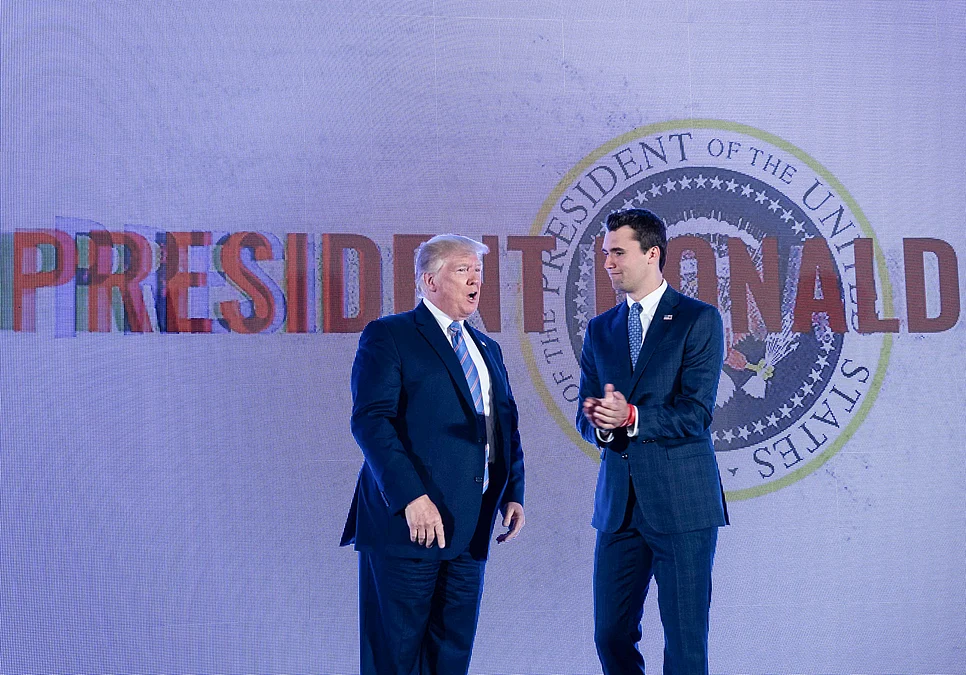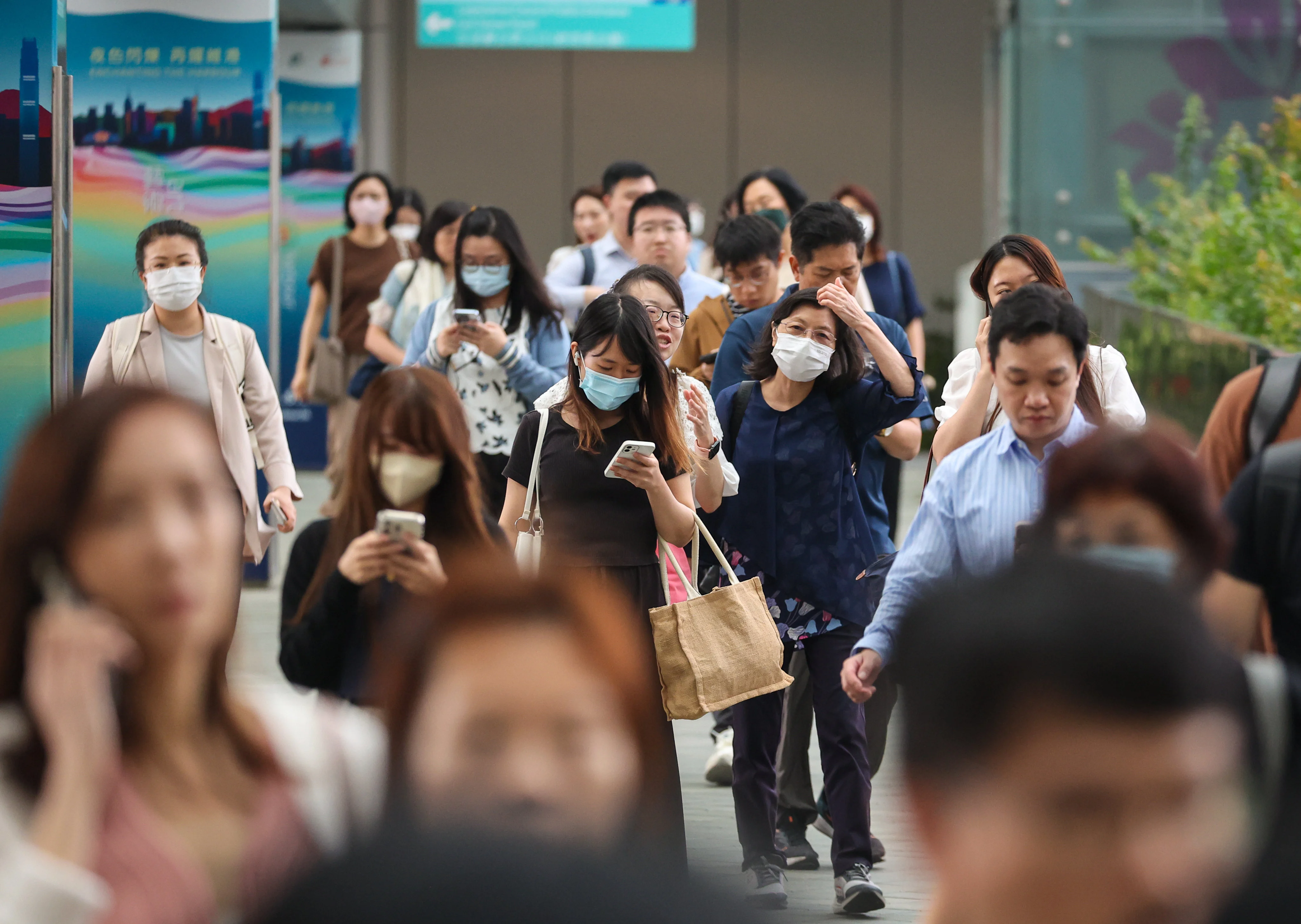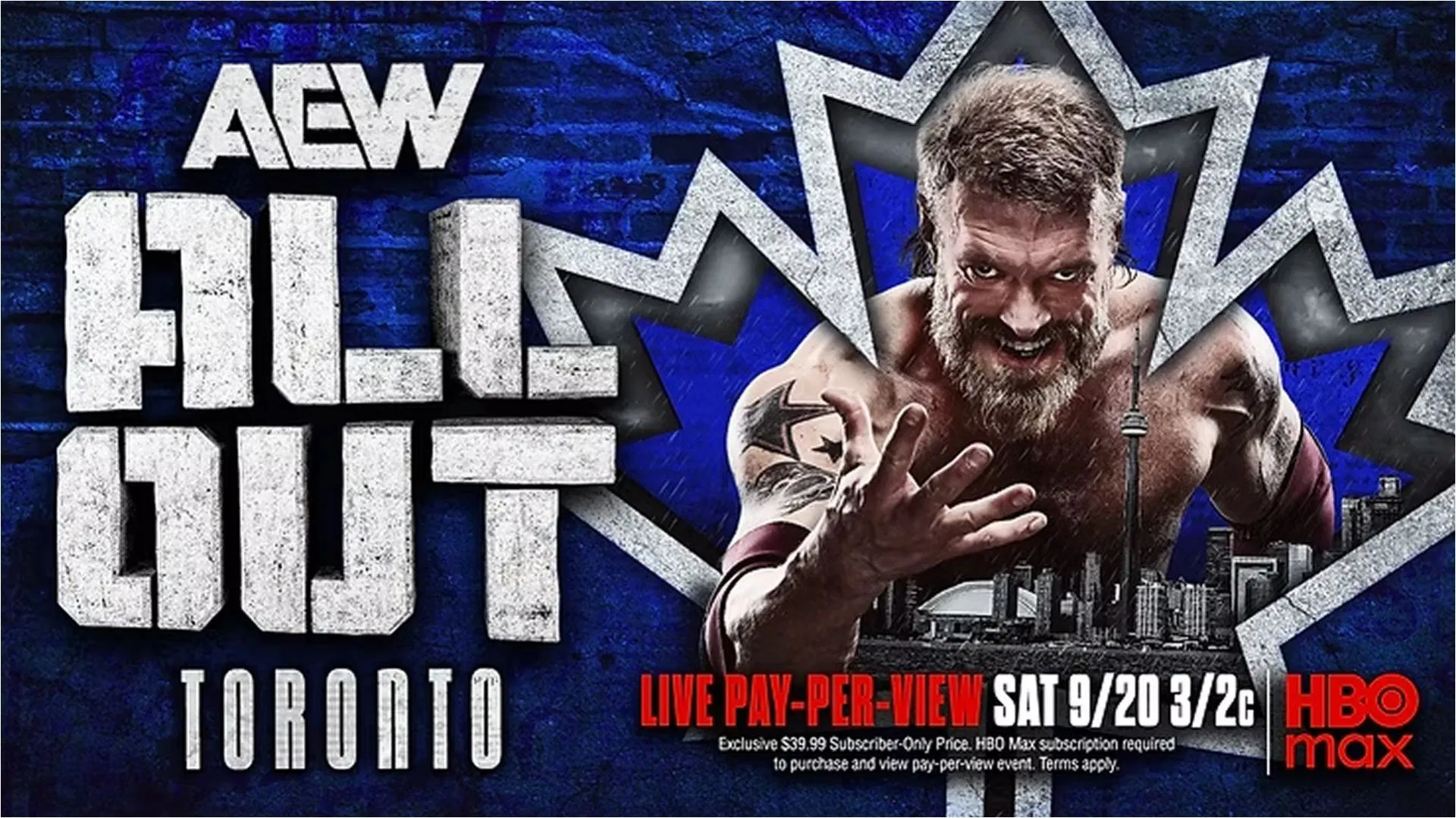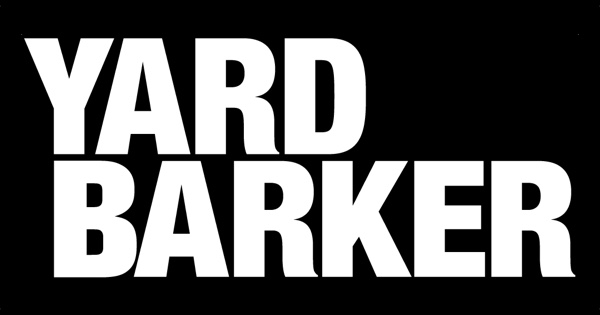Perth photographer Daniel Njegich captures Wild West cowboys on the famed Sombrero Ranch in Craig, Colorado
By Jessie Stoelwinder
Copyright thewest
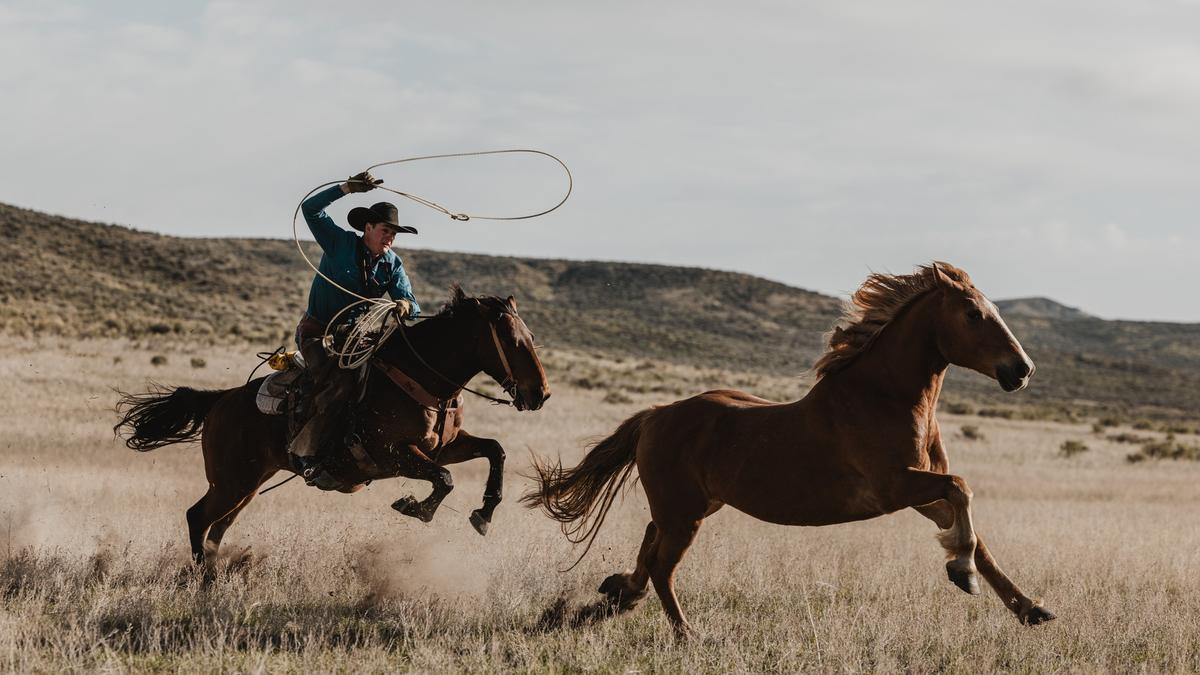
The sky is vast and open, the arid plains blanketed with a sea of sagebrush, rugged mesas standing watch in the distance.
There’s a distinctive texture to the wide silence — ears must always be alert for the telltale shake of a rattlesnake hidden in the scrub.
This is the high desert of Craig, Colorado. This is cowboy country.
“You drive three hours out of Denver, through the Rocky Mountains and you step into a different world.”
Daniel Njegich is recalling his arrival in the US state a few months ago, when he was given an opportunity worth travelling halfway around the world for.
The award-winning Perth photographer was venturing to the Wild West to capture real-life cowboys on one of the largest horse ranches in America, Sombrero Ranch.
This place is no filmset offering a Spaghetti Western caricature of what we might consider a cowboy.
It’s a true working ranch with more than 1000 horses in its keep, steeped in history and tradition with a legacy that spans back to the 1950s.
Sombrero has loaned out its gentle giants (mostly American quarter and draft cross horses) for some of the world’s most recognisable commercials and films, but perhaps one of its biggest claims to fame was the herd it kept reserved for Marlboro for more than two decades.
These beautiful steeds were all hand-picked for sole use by the cigarette brand — no one else was allowed to do so much as snap a photo on their phone until the long lease officially ended last year.
Sombrero is also home to the Great American Horse Drive, a 100km trek where riders move the herds from winter pastures to ranch headquarters every northern spring.
It’s a rite of passage that has continued for generations and draws participants from all around the world, eager for an authentic Western experience.
But Daniel got to go a step further when he touched down in Craig.
For five days, he lived on the ranch with Sombrero’s cowboys to document their daily life from dawn to dusk; long days out on the high plains that would end with beers around the campfire before getting up at 4.30am to do it all again.
Through his camera, Daniel got a rare insight into the men and women who dedicate themselves to a job that can be gritty and unforgiving.
“It’s bloody hard work and the pay’s not amazing, but they love it,” he says. “For most of them, their dad was a cowboy, their grandfather was a cowboy. It’s an honest living, the days are long and they live on the ranch.
“I loved listening to their stories. A few of the young guys were very religious and strong in their faith, and one of the guys had Native American heritage. Another was a marine who comes and works on the ranch in his holidays.
“There were middle-aged cowboys, there were really young ones, like 19, 20-year-olds. It’s quite diverse. And the cowgirls — they really work.”
Over the course of his stay, Daniel joined the crew as they wrangled horses and longhorn cows, moved herds between fields and tended to all aspects of the animals’ care, from feeding to the old-school farrier technique of hot shoeing.
He learned the cowboys’ personalities were nothing like the daredevils depicted on screen. Craig may be the Wild West in terms of the landscape, but not in character.
“They were all very polite and well-mannered and welcoming,” Daniel says. “They are quietly confident in their ability, which you have to be in this line of work but never arrogant, brazen or cocky.
“The thing about horses is, they can hear your heartbeat from more than a metre away. You have to be cool, calm and collected to be able to work with them in any capacity — if you’re moving a herd of 20-40 horses and there are only four or five of you, you need to work together otherwise it’s chaos.”
Beyond being an agile rider, Daniel says much of the job comes down to communication, both with the animals and fellow cowboys.
“There’s the physicality, there’s the strategy, and then there’s reading the animals,” he says. “They’re obviously seasoned veterans. They know how the animals move and they can preempt what’s going to happen.
“But the horses are fast and if one goes the wrong way, then the others might follow and you might lose them. It’s pretty amazing to watch.
“And they love their horses. When they spend so much time on their horse, they’ve got to have a bond with them and be able to control them.”
Looking at Daniel’s photographs from his stay on Sombrero, it’s hard not to feel a bolt of adrenalin when you see how close he was to galloping horses and longhorns with dangerously sharp prongs.
But he maintains the large creatures were “super friendly”.
“It’s actually really interesting when the cows come up to you because they know how to navigate their head, even though some of them are up to eight feet (2.4m) wide across with their horns,” Daniel says.
There has been a resurgence in interest around Western culture, influenced in part by TV shows such as Yellowstone, and because the traditions upheld in places like Colorado can seem caught in a time capsule.
I’m even surprised by my own curiosity as I ask Daniel more about his days on the ranch — like what does a cowboy eat for breakfast?
“They’ve got a pretty good feed actually,” he laughs. “It’s carb-heavy to keep them going for the day, so bacon and egg burgers and fruit. Lunch was sausages and potatoes and then we had some really good dinners, too.”
Then there’s the fashion.
Western trends like cowboy boots, fringing and bolo ties are regularly revived on the trend circuit, but on Sombrero this is standard attire, along with chaps, crisp button-up shirts and lots of denim.
Levi’s, Wrangler, Stetson and Carhartt seem to be the popular brands, and belt buckles are often badges of honour won at rodeos or bearing the wearer’s place of origin.
The vibe is clean, respectable and ready for work — no ink in sight.
“Tattoos aren’t the vibe,” Daniel says. “They definitely take pride in what they wear and their hat is a big thing. There are superstitions about not putting your hat flat down; it should be upside down instead and that also keeps the brim proper.”
I wonder, how do these true blue cowboys feel about the mainstream popularisation of their clothing?
“I think it’d be welcomed because it just brings more focus to what they do,” Daniel says.
“When you think about it, they are working in agriculture and we city slickers can forget about where our food actually comes from. There are people working to provide that meat for us. I don’t think there’s any harm in people wearing double denim in the city.”
While the way of life in Colorado felt like a different world for Daniel, this was hardly his first rodeo.
He began documenting people and their horses at Boddington Rodeo eight years ago and was mesmerised by the scene.
“It was like stepping back in time,” Daniel says. “It’s interesting when it’s something so different to your own life; there’s intrigue in it.”
Since then it has developed into a long-form project for Daniel, travelling to places like Broome, Pannawonica and Albany to capture regional rodeos and the action that swells around them.
It’s always the lead-up to what happens in the arena that is his favourite part.
“When you’re behind the shoots, you’ve got so many people there,” Daniel says.
“There are kids, there are women competing and both young and old guys. There’s such a broad demographic and it’s really cool to see that.
“A lot of them work on stations, they are farmers and stockmen, or cowboys, whatever you want to call them, and that’s their lineage.
“And then there are the people who are city-based and they just want to give it a crack. But it’s not easy to just get on a bull.”
For those concerned about the safety of the animals or the riders, Daniel believes it’s more humane and less risky than it appears.
“The animals are treated very well,” he says.
“There can be a bit of stigma around it but from what I have seen, the people that own the horses or provide the bulls, they care for them so much, they are essentially part of the family.
“There was a big injury last year up north, a guy came off and he was stomped on by the bull. He was flown down to hospital and was in there for quite a while, but he did recover. That was the only major injury I’ve seen and I’ve been to a lot of rodeos.
“The rodeo clowns, they’re the ones that distract the bull once you come off, and they do a pretty bloody good job.”
Daniel will soon head to a station in Port Hedland to capture Aussie stockmen in the same format as he shot the American cowboys.
The images will form an exhibition, West to West, which is framed as a “photographic journey through the dust, sweat and solitude of two wild frontiers” and will aim to offer a contrasting look at their ways of life when it debuts in November.
“It seems the sense of tradition is the same, even though it’s a different tradition. And the love of good, honest work,” Daniel says.
He adds with a laugh: “I reckon the Australian guys are a bit more rough and they swear a lot more than the American guys.”
If the exhibition goes well, Daniel hopes to venture to Jackson, Wyoming next year to continue the series on another ranch.
Although he feels “pretty comfortable” around a horse after so many years around them, he’s not yet ready to cash in his camera and slide his feet into the stirrups permanently.
“No, no — I’ll stick to visiting for a few days at a time and photographing it,” Daniel grins.
+ West to West is on at Hayside Gallery in Subiaco from November 20 to December 1. Framed prints will be available for purchase.
+ For more on Daniel Njegich’s work, see danielnjegich.com.
+ Sombrero Ranches offers several options to visit and experience a taste of cowboy life, from guided rides on private ranch land to camp hunting in national forest. sombrerohorses.com
